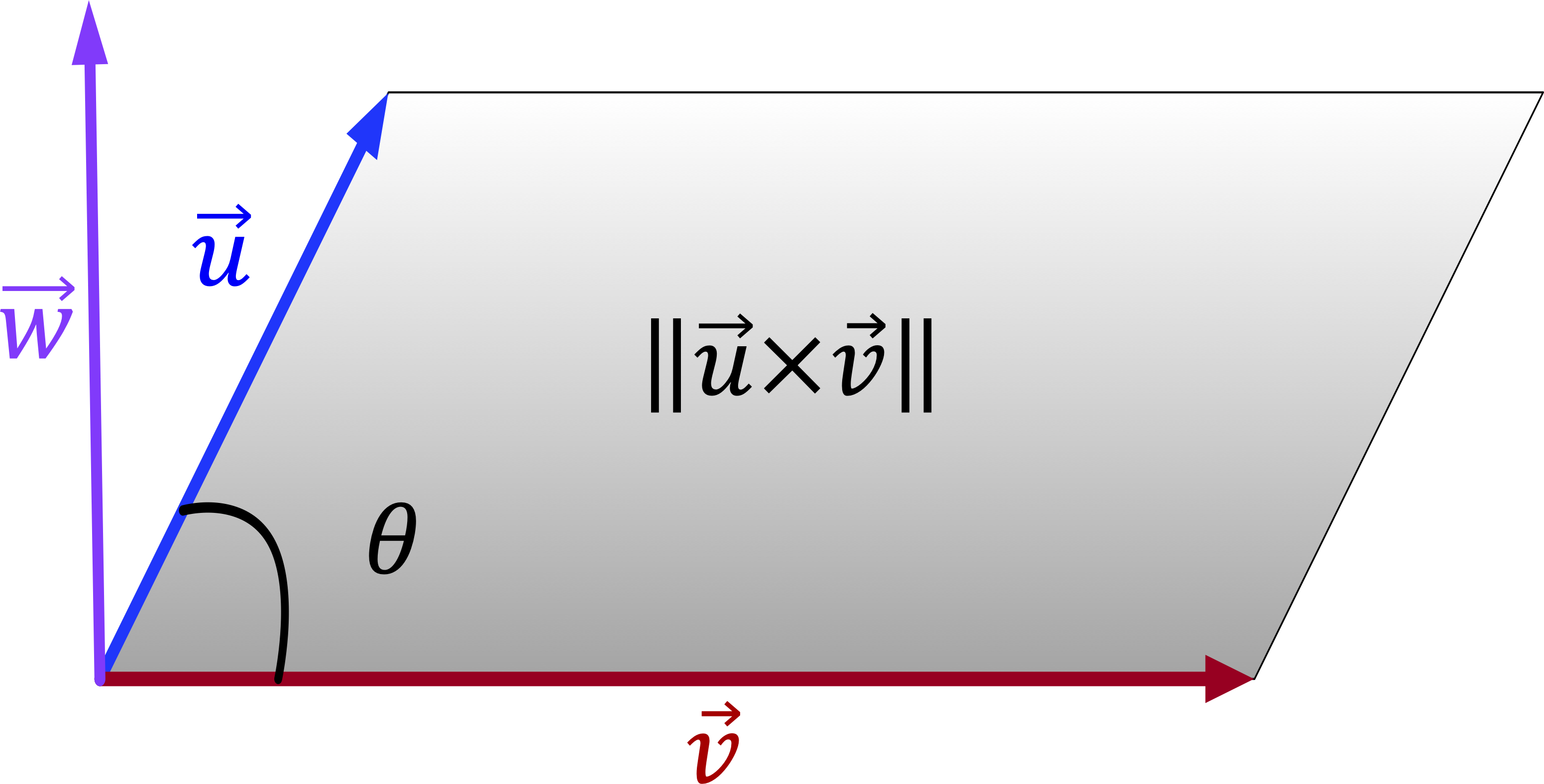Definition 1.4.1. Cross product of two vectors in \(\R^3\).
Given two vectors in \(\R^3\text{,}\) \(\vec{u} = \left[u_1, u_2, u_3 \right]^{\T}\) and \(\vec{v} = \left[v_1, v_2, v_3 \right]^{\T}\text{,}\) their cross product denoted \(\vec{u} \times \vec{v} \) is the \(\R^3\) vector found as
\begin{equation*}
\vec{u} \times \vec{v} = \left[
\begin{array}{c}
u_2 v_3 - u_3 v_2\\
u_3 v_1 - u_1 v_3\\
u_1 v_2 - u_2 v_1
\end{array} \right].
\end{equation*}




